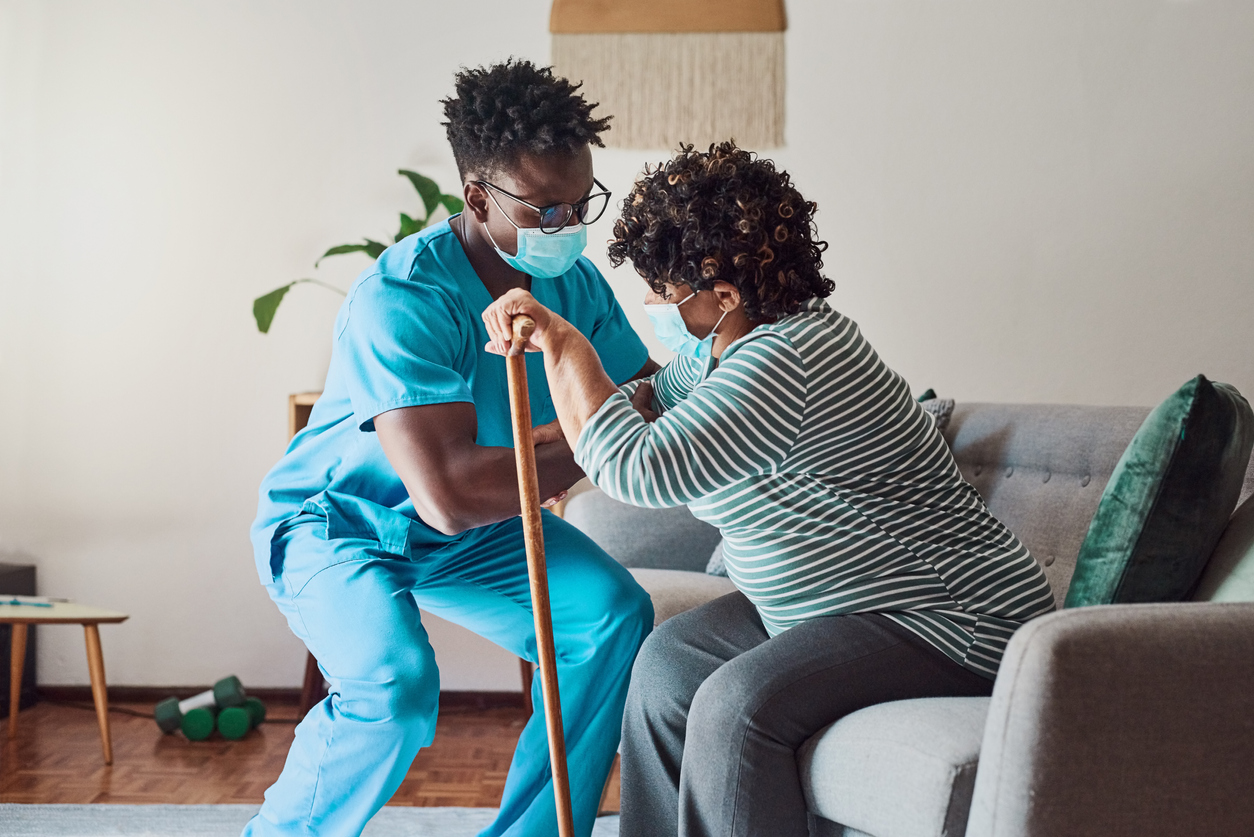Considering the impact that COVID-19 has had on practically every aspect of our lives, it isn’t surprising how much the healthcare sector has been affected as well. Access to medical personnel, treatment facilities, and even nursing home insurance has become more difficult than ever, negating any previous gains that have been made in ensuring patient safety.
Even as COVID eases its grip on some parts of the world, it remains a serious health concern that warrants immediate attention. New variants and flare-ups continue to pose a threat, changing the way health services are delivered and, ultimately, compromising patient safety.
Changes in healthcare service delivery
More than two years after COVID was declared a Public Health Emergency of International Concern, many of the changes to healthcare services remain in place. Among the most significant are:
- the reduction of in-person services
- preservation of resources
- greater reliance on technology, particularly telemedicine
- postponement of elective procedures
These and many other changes were implemented out of necessity back when the number of COVID infections first started to rise. Even now, as the increase in new cases has declined, the healthcare sector continues to implement these approaches.
In many ways, these measures are still justified. Initially implemented to ease the overburdened healthcare system and reduce exposure risk, they are still necessary to manage surges, deal with equipment shortages, and prevent the spread of infection.
Patient safety declines during the pandemic
One of the most worrying aspects of how care and treatment are administered is the reversal of the progress made in patient safety over the past several years. This was the conclusion reached by researchers of the Centers for Medicare and Medicaid Services and the Centers for Disease Control and Prevention.
In an editorial published in the New England Journal of Medicine, the researchers emphasized the deterioration of several patience-centered safety metrics since the pandemic began. Some examples are:
- The increase in healthcare-associated infections (HAIs) in 2020
- The 17.4% increase of fall-related injuries in Q2 2020
- The 41.8% increase in pressure ulcers in Q2 2020
Given the recent delta and omicron surges, the chances of these indicators reverting to pre-pandemic levels are slim. Even so, health specialists view the decline as a wake-up call to reevaluate safety practices and establish a more robust healthcare system that ensures better care and safety even during crisis periods.
How the pandemic has affected patient care
Among the most noticeable effects of the pandemic are delayed and deferred patient care. Because of the need to minimize infection risk, patients and providers have had to resort to distancing procedures and other similar strategies.
Frontline personnel has also had to rethink healthcare delivery, overcoming the obstacles brought about by the pandemic while focusing on patients’ needs. For healthcare organizations, the main challenge is providing the quality of service required while preventing infection among staff and patients.
A particularly alarming development is the decline in the number of patients seeking medical care. Because of COVID-19 fears, many patients have neglected to come in for routine checkups and screenings. Some patients with serious health problems have even refused emergency care, resulting in more severe symptoms and worsening conditions.
Other issues related to the pandemic are shortages in essential supplies such as medications and personal protective equipment (PPE). Many healthcare facilities have also noted an increase in mental health problems and the worsening of conditions among previously diagnosed patients.
Healthcare providers themselves have had to wrestle with distress, anxiety, and depression. These conditions are further worsened by the need to work long hours at maximum capacity for weeks and months at a time.
Conclusion
Despite all these negative effects COVID-19 has caused to patient safety efforts, there are some bright spots on the horizon.
The Association for Professionals in Infection Control and Epidemiology (APIC) has spearheaded calls to bolster infection control programs, with a particular focus on healthcare organizations. Citing the need to uplift patient safety and infection prevention measures, the group recommends recruiting additional personnel, seeking out new resources, and implementing infection prevention training programs.
APIC does acknowledge the need for increased contributions from federal and state agencies. Given the continuing threat that COVID-19 poses, the group emphasized the necessity of having sufficient resources to carry out patient safety initiatives.
About Caitlin Morgan
Caitlin Morgan specializes in insuring assisted living facilities and nursing homes and can assist you in providing insurance and risk management services for this niche market. Give us a call to learn more about our programs at (877) 226-1027.


